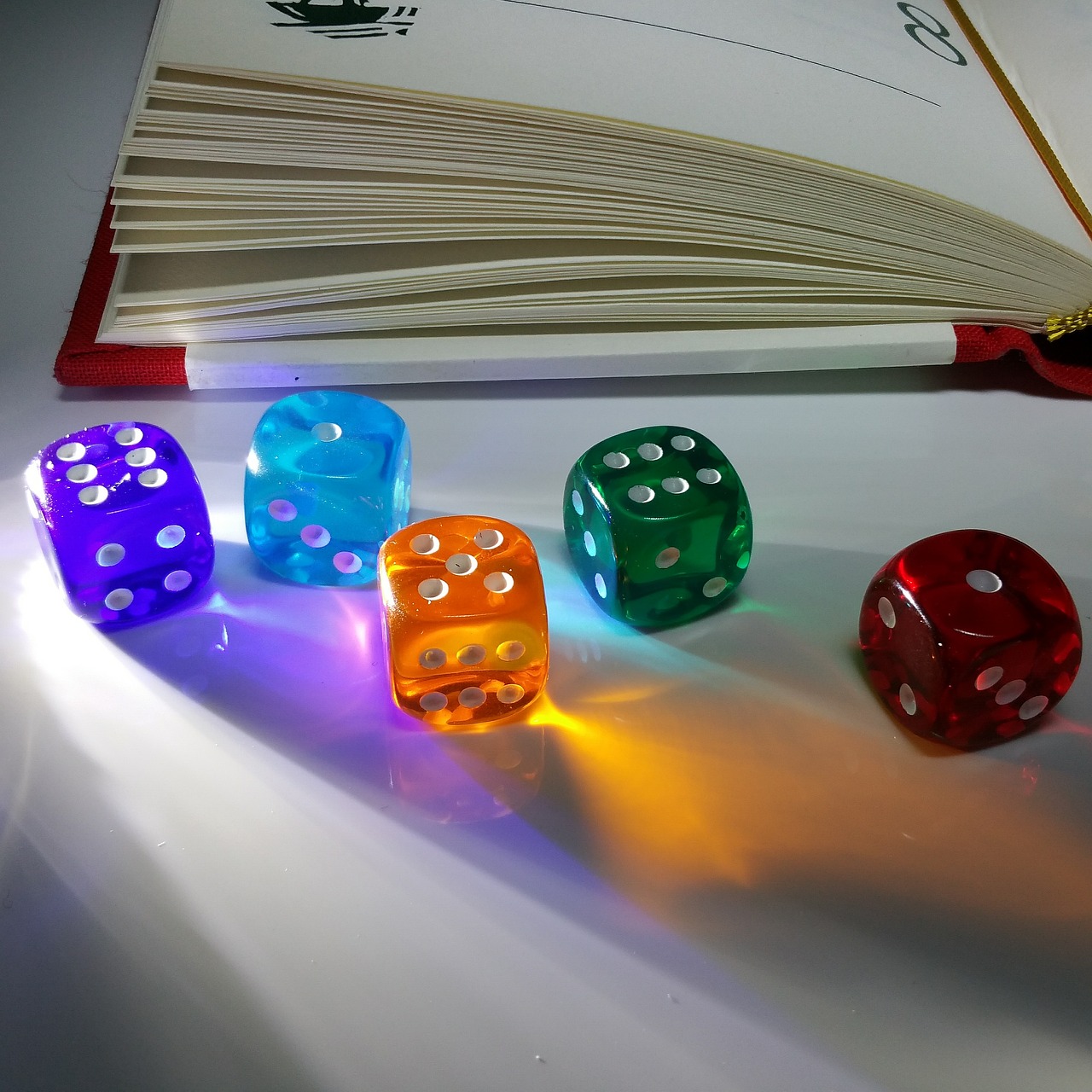Starting today, I’ll regularly post about Iusol, the campaign I’m running as the game master with two close friends of mine. I plan to post at least once a month on both lucafolino.fun and Substack.
Iusol is set in the Numenera setting created by Monte Cook. A post-futuristic world inspired by The Book of the New Sun and weird scifi at large, this setting offers a huge variety of tropes and scenarios to play with.
Blogging about my exploits at the table is an ambition that has been roaming around my mind for a while now, at least since I discovered The Alexandrian and his insightful writing on everything TTRPG-related.
In fact, my main reference for this series will be Justin Alexander’s posts on his Ptolus campaign. As a consequence, true to my reference, I will write two different series:
- Campaign journals summarizing each session and presenting a coherent narrative to readers; I will post these on my Substack (you can read the first episode here); and
- “Behind the scenes” commentary on my design decisions, what I liked from a session, and what I believe I could improve; these I will post on lucafolino.fun (you’re actually reading the first one lol).
Through the rest of this post, I will explore how the Iusol campaign came to be and what it stands for in my game master journey.
My Current Campaign
Iusol is my first grand-scale campaign in a couple of years: my previous long-lasting campaigns, Terrafix and Corri Ragazza Corri (CRC for short), both ended at the end of 2021. Since then, I had been playing TTRPGs sporadically.
Then, in December 2023, I felt ready to start a new campaign. One of my best friends and regular players, Sara, was enthusiastic about starting a new campaign; soon after, we found a common friend, Andrea, with whom I played my first campaign, who joined us as the second player.
As in my previous long campaigns, I decided to play with only two players. For longer campaigns where the narrative holds a central role, I prefer small groups over larger ones. Among the many reasons behind this choice:
- There is more intimacy;
- You can characterize each character more extensively; and
- I can make large use of cross-cutting between each character’s scene.
It is a preference that I developed while running my previous long campaigns, Terrafix and CRC. I want to spend some words on those, in fact.
Before Iusol

I was invited to join Terrafix as the game master when the group had already formed. They wanted to play in the Warhammer 40,000 universe, using the official Dark Heresy rulebook. At the time, I knew WH40k superficially and wanted to delve deeper into it. So, I joined the game as the game master, set the base for Terrafix, studied the rulebook, and fell in love with the WH40k setting.
Then, a couple of months later, we started Corri Ragazza Corri (“Run Girl Run” in Italian, shortened to CRC) . The main reason was that I had grown tired of the d100 system built into Dark Heresy and wanted to keep playing in the WH40k setting with a lighter system^[We chose the elegant Not the End]. While it commenced as a spin-off campaign to Terrafix, CRC quickly transformed into a weekly sprawling epic that hooked us for almost two years.
To those two beautiful years of weekly sessions, I owe a large part of what I know about interactive storytelling, TTRPGs, and narrative design at large. Before them, I had never known the pleasure of playing regularly, nor how far roleplaying games could venture from the usual fantasy tropes.
However, as inevitable as life itself, both Terrafix and CRC ended after a while. But as with many endings, they were followed (not so soon, I admit) by a new beginning.
Kickstarting a New Campaign
The road to the first session of Iusol felt significantly different compared to my previous campaigns, where I had basically jumped on a moving carriage and improvised.
For one, I have changed a lot. On one side, I am an university student no more, and I have less spare time to commit to TTRPGs; on the other side, I am a slightly more experienced game master and my taste has changed somehow.
Secondly, we knew we wanted to play a long-form campaign but had no preferences about the rulebook, the setting, or the themes we wanted to explore. It’s not that we lacked ideas: all of us were experienced players with our own tastes. Our problem was to find a shared direction that sparked the fire in us.
So, instead of jumping straight into the sessions, we spent a couple of weeks pitching game systems to each other, randomly brainstorming settings, and discussing what kind of story we wanted to play. In the end, we gathered around the table for a Session 0 and built our campaign together.
The Session 0 of Iusol
This will be the topic of my next “behind-the-scenes” post.

Be First to Comment